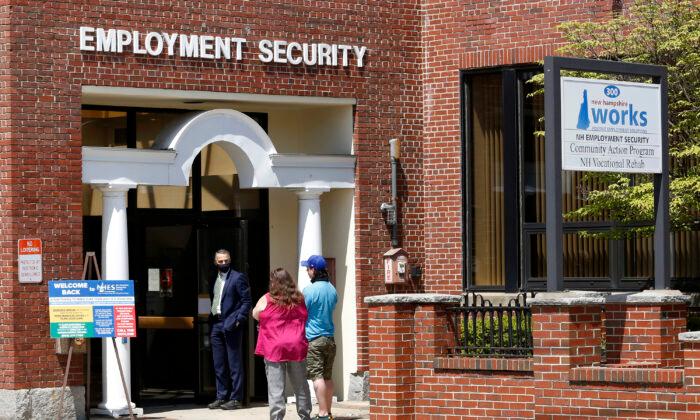The Fed minutes hammered the tech-heavy NASDAQ, moving the index down 686.82 points, or more than 4 percent, by Friday’s close. Moreover, news that the Fed was likely to raise rates cratered Bitcoin by 8 percent from Jan. 4’s close to the weekend. Now, the disappointing jobs report has left analysts in a quandary.
On Wednesday, the Bureau of Labor Statistics (BLS) will release the December Consumer Price Index, or CPI, which should provide greater guidance to the Fed as to whether they will raise rates.
Like most analysts, I anticipate Wednesday’s report to show a slowdown in inflation, but still above the Fed’s 2 percent inflation target. The FOMC will meet at the end of this month, and there will be additional data on inflation, but I don’t believe the Fed will move to increase rates at that meeting unless Wednesday’s inflation number for December markedly exceeds expectations.
If the Fed raises rates at all in the first quarter, we believe it will be at the March 15–16 meeting, where it will have publicly available economic projections to support any change in Fed policy.
But I’m not inclined to think there will be a first quarter rate hike because, like the majority of the FOMC participants, I’m pretty sure the 6.8 percent November CPI inflation number was an outlier and that prices will stabilize. Inflation will continue, but at a lower rate of increase.
The Fed, for all its protestations to the contrary, is accountable to a political leadership and it is unlikely—although still possible—it will rattle markets with even a quarter point interest rate in an election year. Instead, we think the Fed at its January meeting will do as I encouraged last month: signal that it is ceasing its purchases of Treasury and mortgage securities; then, at its March meeting, the Fed will signal it will start selling them off.
These sales will have the effect of raising longer term rates, which will, in turn, give the Fed some leeway to address shorter term rates should inflation continue markedly above 2 or 3 percent for the balance of the year.
An asset sell off works as a Fed “insurance policy” that allows it to have cake and eat it, too: it can cool inflation now without unsettling the markets and it also creates a free option to raise short term rates without narrowing—or inverting—the yield curve.
That’s the Fed’s best and safest play.





